Menaquinone 7
Synonym(s):Menaquinone-7-(5,6,7,8-d4,2-methyl-d3)
- CAS NO.:2124-57-4
- Empirical Formula: C46H64O2
- Molecular Weight: 649
- MDL number: MFCD06200757
- SAFETY DATA SHEET (SDS)
- Update Date: 2024-11-13 21:11:14

What is Menaquinone 7?
Description
Menaquinone 7 (MK-7) is a vitamin K2 analog that has been found in a variety of fermented foods. It increases osteocalcin, osteoprotegerin, and RANKL mRNA expression in osteoblastic MC3T3E cells. MK-7 (1 μM) increases alkaline phosphatase activity and calcium content in femoral-metaphyseal tissues isolated from normal and skeletal-unloaded rats. In vivo, MK-7 (100 μg/g diet) inhibits aortic and myocardial calcification and decreases aortic alkaline phosphatase tissue concentrations in a rat model of extraosseous calcification. It also increases trabecular number, bone mineral density, and bone mineral content in a rat model of ovariectomy-induced bone loss.
Chemical properties
Light Yellow Crystalline Solid
The Uses of Menaquinone 7
Vitamin (prothrombogenic)
The Uses of Menaquinone 7
Menaquinones are isoprenoid quinones of the naphthalene series and belongs to the K2 Vitamin homologs. Menaquinones were originally discovered as the anti-hemorrhagic factor and now encompasses a vari ety of physiological processes. Menaquinone 7 belongs to the class of K2-Vitamins homologs. Menaquinone 7 has been identified as the most bioactive cofactor for the carboxylation reaction of Gla-prote ins such as osteocalcin and matrix-Gla protein, which plays a crucial role in building and maintaining overall bone health.
The Uses of Menaquinone 7
Vitamin K2 (MK-7)-(5,6,7,8-d4,2-methyl-d3) can be used as a stable isotope internal standard for data interpretation in specific biological samples.
Definition
ChEBI: A menaquinone whose side-chain contains seven isoprene units in an all-trans-configutation.
General Description
Vitamin K2, also known as menaquinone, is a polyisoprenoid-substituted?napthoquinone. Menaquinone-7 (MK-7) is a subtype of vitamin K2. It is found in animals, soy protein, fermented products and is primarily produced by bacteria.
Vitamin K2 (MK-7)-(5,6,7,8-d4,2-methyl-d3) is a deuterated vitamin K2 wherein C-5, C-6, C-7, C-8, and 2-methyl protons are replaced by deuterium.
Side Effects
Menlaquinone 7 is usually well tolerated and side effects are rare. Mild digestive symptoms, such as nausea, bloating or diarrhoea, may occur with overdose, but these side effects are usually temporary and will subside on their own. There have been some reports of allergic reactions to Vitamin K2 MK7, including skin rashes and breathing difficulties. As Menlaquinone 7 interferes with the action of blood thinners such as warfarin. Therefore, if you are taking blood thinners, be sure to consult your healthcare provider before taking Vitamin K2 MK7 or any other vitamin or supplement. Therefore, if you are taking blood thinners, be sure to consult your healthcare provider before taking Vitamin K2 MK7 or any other vitamin or supplement.
Source
Vitamin K2, such as Menaquinone 7 (MK-7), can be obtained through natural fermentation and is shown to be the most superior form of K2. The main sources of menaquinones include animal-based foods like meat, fish, dairy products, etc. Short-chain menaquinones like MK-4 (having four isoprene units) are found majorly in animal-based food products. Menaquinones having long chains such as MK-7 to MK-13 are primarily synthesized by bacteria that include species of aerobic, anaerobic, facultative, as well as obligate anaerobic bacterial species that include Bacillus, Corynebacterium, Escherichia, Lactococcus and Vibrio. Some of these bacterial species are present as microflora in the gut. MK-7 or K2-7 is present in very high concentrations in a Japanese traditional food called natto. Natto is made by fermenting soybeans using Bacillus subtilis. Another source of menaquinones is the microflora of the intestine. Although intestinal synthesis has been shown to produce significant quantities of menaquinones, absorption from this source is inefficient to fulfill the required quantities. Menaquinone is analogous to ubiquinone in function as ubiquinone also contains isoprenoid side chains of varying lengths and, therefore, is used as an electron carrier in the electron transport chain by bacteria. Vitamin K2-7 is also detected in human milk samples depending on dietary intake[1].
Menaquinone 7 Application
Menaquinone 7 is a vitamin K2 analog and bioactive cofactor for the carboxylation reaction of Gla-proteins.
Preparation
Meanquinone-7 (MK-7) can be produced by the fermentation of Bacillus subtilis (natto), which is known for its nutraceutical and pharmacological properties. Using ethanol to extract menaquinone-7 twice directly from the crude cells after fermentation produced a menaquinone-7 yield of 1.47mg/g. The crude extract was purified using macroporous resin and subsequent crystallization. After treatment with HPD722 resin, the purification of menaquinone-7 were 7.17-fold increased with recovery yields of 97.2%. Menaquinone-7 with purities of more than 96% were produced with recovery yield of 99.3% by recrystallized with 95% ethanol.
References
[1] Nikita Jadhav. “Molecular Pathways and Roles for Vitamin K2-7 as a Health-Beneficial Nutraceutical: Challenges and Opportunities.” Frontiers in Pharmacology (2022): 896920.
Properties of Menaquinone 7
| Melting point: | 54 °C |
| Boiling point: | bp0.0002 200° (some dec) |
| Density | 0.961 |
| storage temp. | -20°C |
| solubility | Chloroform (Slightly), Ethyl Acetate (Slightly), Methanol (Slightly) |
| form | Solid |
| color | Pale Yellow to Yellow |
| Stability: | Light and Temperature Sensitive |
Safety information for Menaquinone 7
| Signal word | Warning |
| Pictogram(s) |
 Exclamation Mark Irritant GHS07 |
| GHS Hazard Statements |
H302:Acute toxicity,oral H315:Skin corrosion/irritation H319:Serious eye damage/eye irritation |
| Precautionary Statement Codes |
P261:Avoid breathing dust/fume/gas/mist/vapours/spray. P305+P351+P338:IF IN EYES: Rinse cautiously with water for several minutes. Remove contact lenses, if present and easy to do. Continuerinsing. |
Computed Descriptors for Menaquinone 7
| InChIKey | RAKQPZMEYJZGPI-LJWNYQGCSA-N |
| SMILES | C1(=O)C2=C(C=CC=C2)C(=O)C(C)=C1C/C=C(\C)/CC/C=C(\C)/CC/C=C(\C)/CC/C=C(\C)/CC/C=C(\C)/CC/C=C(\C)/CC/C=C(/C)\C |
Abamectin manufacturer
Anthem Biosciences Pvt Ltd
Sanovi Pharmaceuticals Pvt Ltd
Allastir Private Limited
New Products
4-AMINO-TETRAHYDRO-PYRAN-4-CARBOXYLIC ACID HCL 4-(Dimethylamino)tetrahydro-2H-pyran-4-carbonitrile 4-Aminotetrahydropyran-4-carbonitrile Hydrochloride (R)-3-Aminobutanenitrile Hydrochloride 3-((Dimethylamino)methyl)-5-methylhexan-2-one oxalate 1,4-Dioxa-8-azaspiro[4.5]decane 5-Bromo-2-nitropyridine Nimesulide BP Aceclofenac IP/BP/EP Diclofenac Sodium IP/BP/EP/USP Mefenamic Acid IP/BP/EP/USP Ornidazole IP Diclofenac Potassium THOMAIND PAPER PH 2.0 TO 4.5 1 BOX BUFFER CAPSULE PH 9.2 - 10 CAP SODIUM CHLORIDE 0.1N CVS ALLOXAN MONOHYDRATE 98% PLATINUM 0.5% ON 3 MM ALUMINA PELLETS (TYPE 73) LITHIUM AAS SOLUTION 2-Bromo-1-(bromomethyl)-3-chloro-5-nitrobenzene 2-Bromo-3-nitroaniline N-(3-Hydroxypropyl)-N-methylacetamide 3-Bromo-6-chloropyridazine 4-ethyl-3-nitrobenzoic acidRelated products of tetrahydrofuran

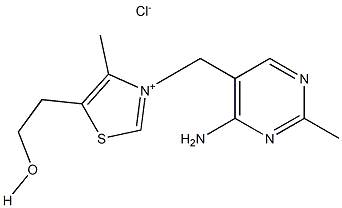
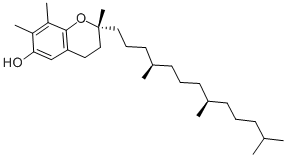
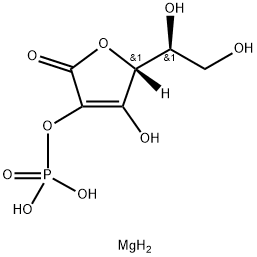
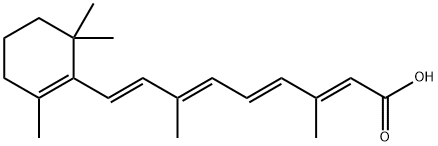



You may like
-
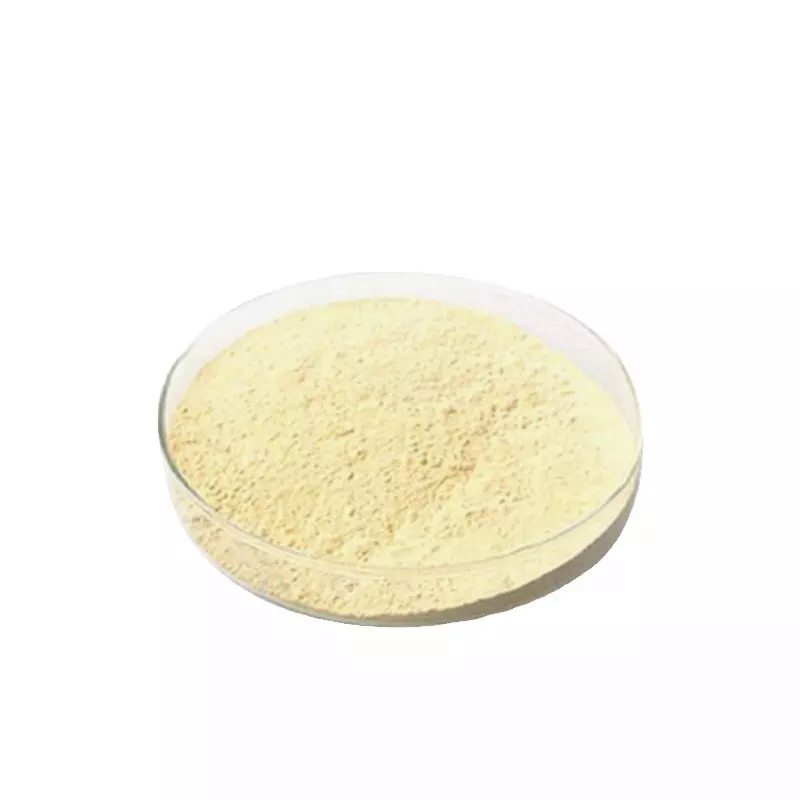 2124-57-4 / 27670-94-6 Vitamin K2(35) 99%View Details
2124-57-4 / 27670-94-6 Vitamin K2(35) 99%View Details
2124-57-4 / 27670-94-6 -
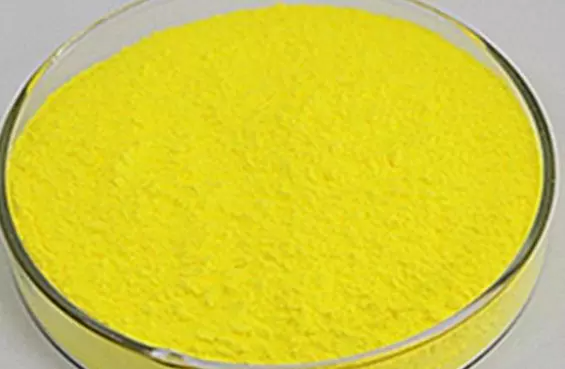 2124-57-4 98%View Details
2124-57-4 98%View Details
2124-57-4 -
 Vitamin K2(35) 98%View Details
Vitamin K2(35) 98%View Details
2124-57-4 / 27670-94-6 -
 2124-57-4 / 27670-94-6 Vitamin K2(35) 98%View Details
2124-57-4 / 27670-94-6 Vitamin K2(35) 98%View Details
2124-57-4 / 27670-94-6 -
 MENAQUINONE K2 CAS 2124-57-4View Details
MENAQUINONE K2 CAS 2124-57-4View Details
2124-57-4 -
 Vitamin K2 (MK-7)-(5,6,7,8-d4,2-methyl-d3) CASView Details
Vitamin K2 (MK-7)-(5,6,7,8-d4,2-methyl-d3) CASView Details -
 2-(3-(tert-butyl)phenoxy)-2-methylpropanoic acid 1307449-08-6 98%View Details
2-(3-(tert-butyl)phenoxy)-2-methylpropanoic acid 1307449-08-6 98%View Details
1307449-08-6 -
 Lithium ClavulanateView Details
Lithium ClavulanateView Details
61177-44-4